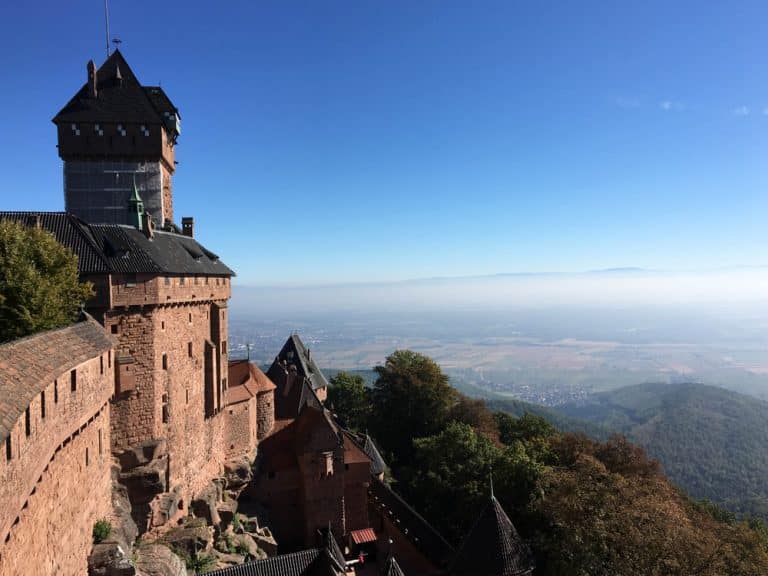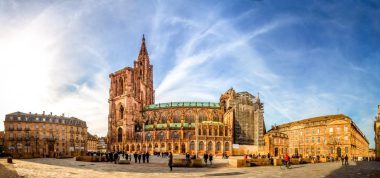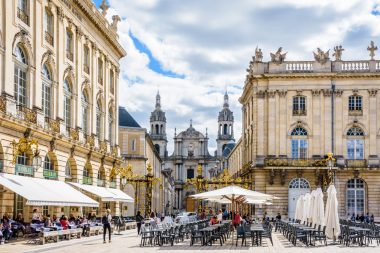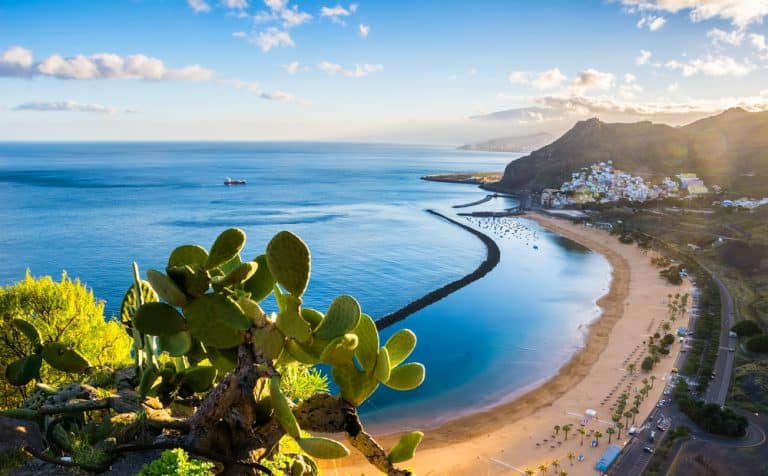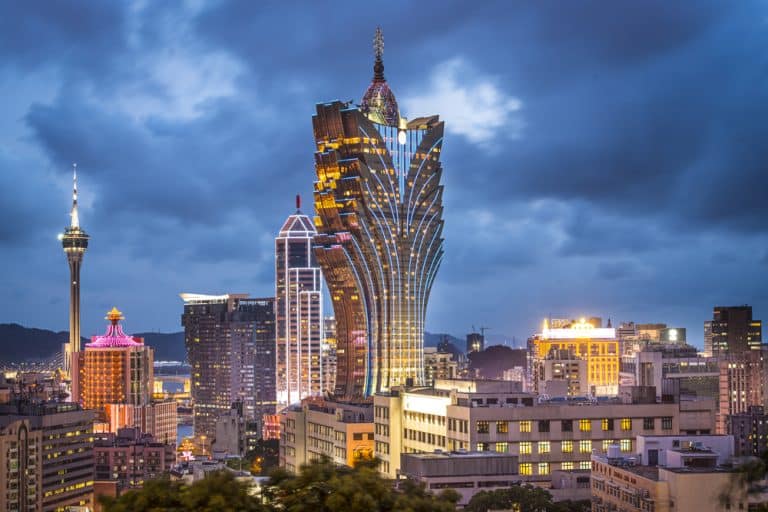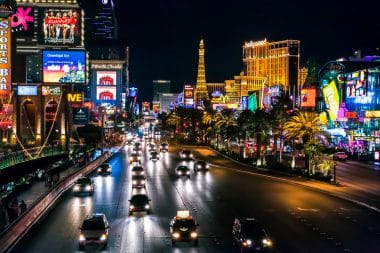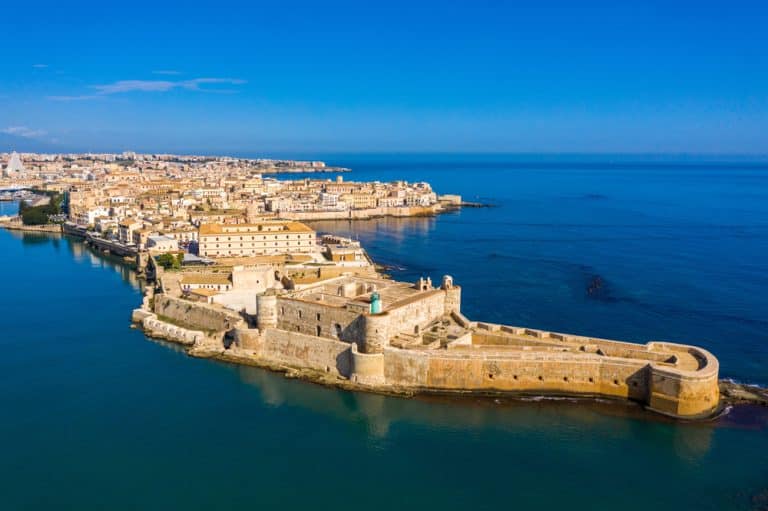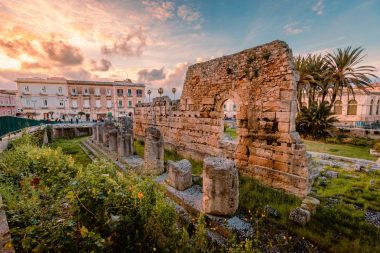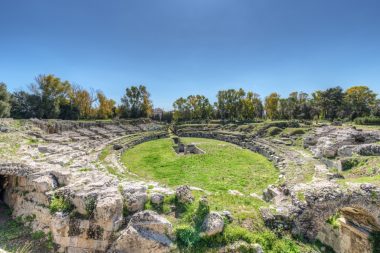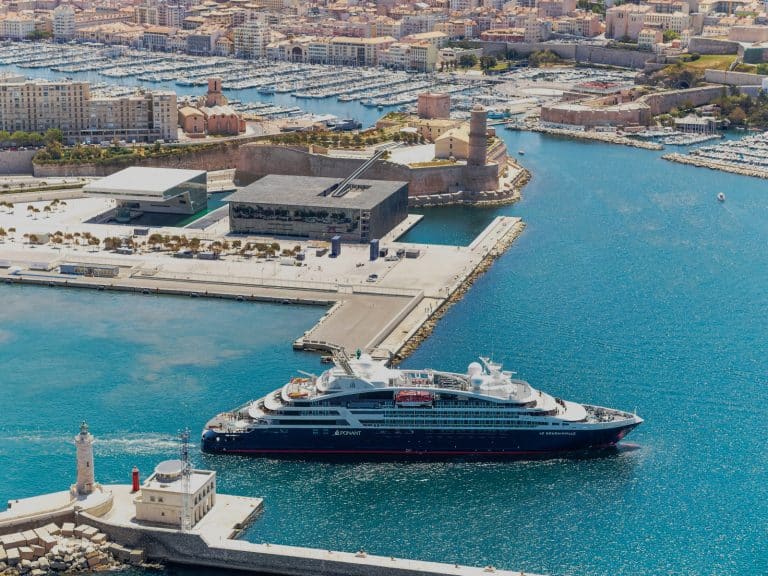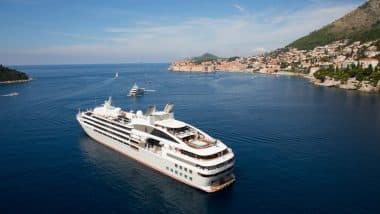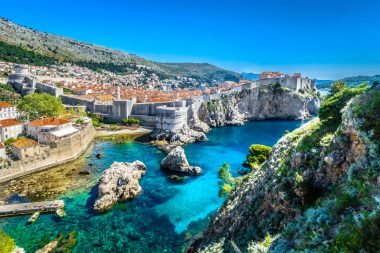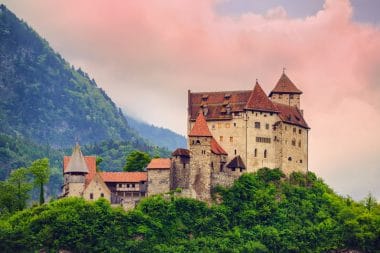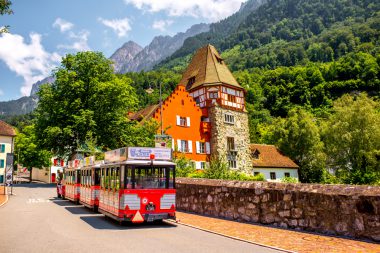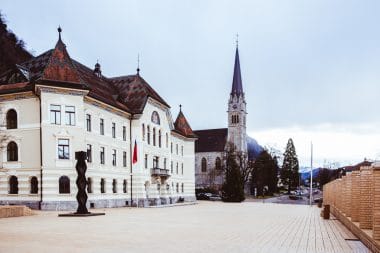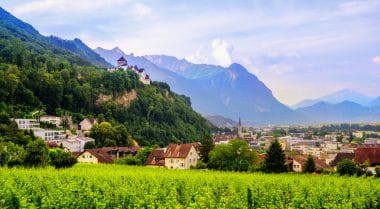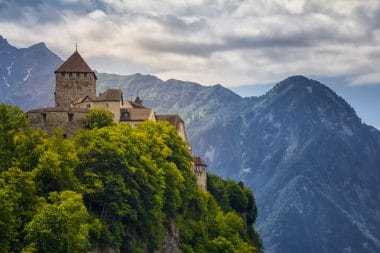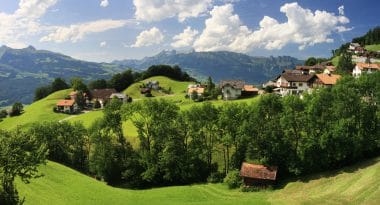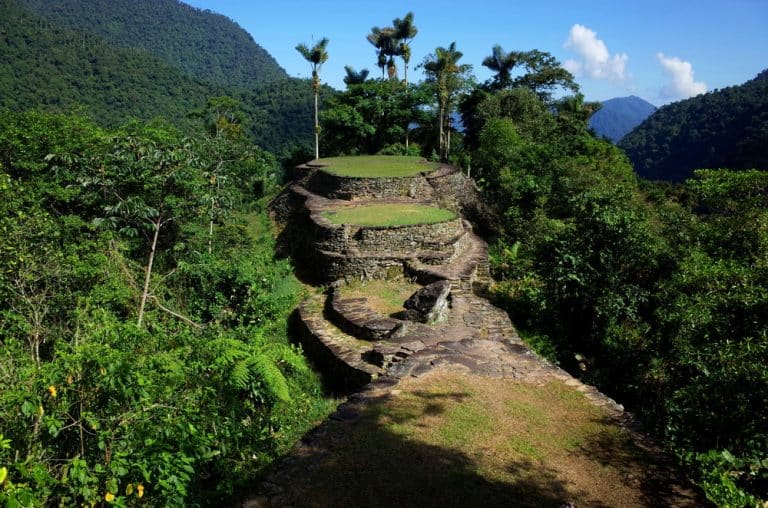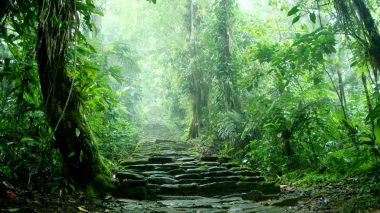Effective protection against theft – on the road and when travelling
You get involved in a conversation, are briefly distracted or absent, and it can happen that your smartphone, wallet or other valuable items have been stolen. The big free safety guide for everyday life shows you how you can protect yourself on the road and when traveling with the right measures.

Don’t let your everyday life or your vacation spoil you: With these 5 tips
The most effective means of protecting yourself against theft on the road and while traveling is prevention. It is important to make it as difficult as possible for the perpetrators to access. Effective measures do not have to be expensive and are often easy to implement. The following 5 tips will help you protect yourself from unpleasant surprises:
1. Carry the bag close to your body
The most effective way to protect your bag and its contents from theft is to carry them close to your body. Clamp the bag and the temple under your arm with the closure side facing the body.
2. Don’t take more than you need
Only take the valuables with you on your travels that you really need. You should also take as little cash as possible with you and keep it safe. It is best to carry the most important valuables with you. Stow cash and debit cards in the inside pockets of your bag.
3. Use safe in the hotel
In the hotel, you should use the safe to store your securities and cash that you don’t need on the road. This does not cost much, but effectively protects against theft. If there is no safe in the hotel, you can also hand in your valuables, credit and debit cards as well as cash to the hotel management.
4. Copy important documents
You should copy important documents for your trip, such as your identity card or passport, before you start your trip. Keep these copies separately in your luggage. So they won’t get lost if your bag is stolen.
5. Block bank cards
For your credit and debit cards, you should always have the blocking number 116 116 ready. Abroad, dial +49-116 116. If you notice that your card has been lost, you must have it blocked immediately.
Other safety precautions you should know
Many more helpful tips for your safety when traveling and on the road can be found in the free e-book “Protection against burglary and theft: Security guide for everyday life”. If you want to travel, you should secure the house or apartment early.
The e-book also informs you about security at home, protection against car and bicycle theft, and appropriate measures if a burglary or theft has actually occurred. You will get an insight into the perpetrators’ modus operandi will learn what makes them tick through original quotes. This makes it easier for you to understand their tactics and protect yourself accordingly. In the safety guide you will find inexpensive measures that can be implemented quickly, but also more extensive security precautions.



